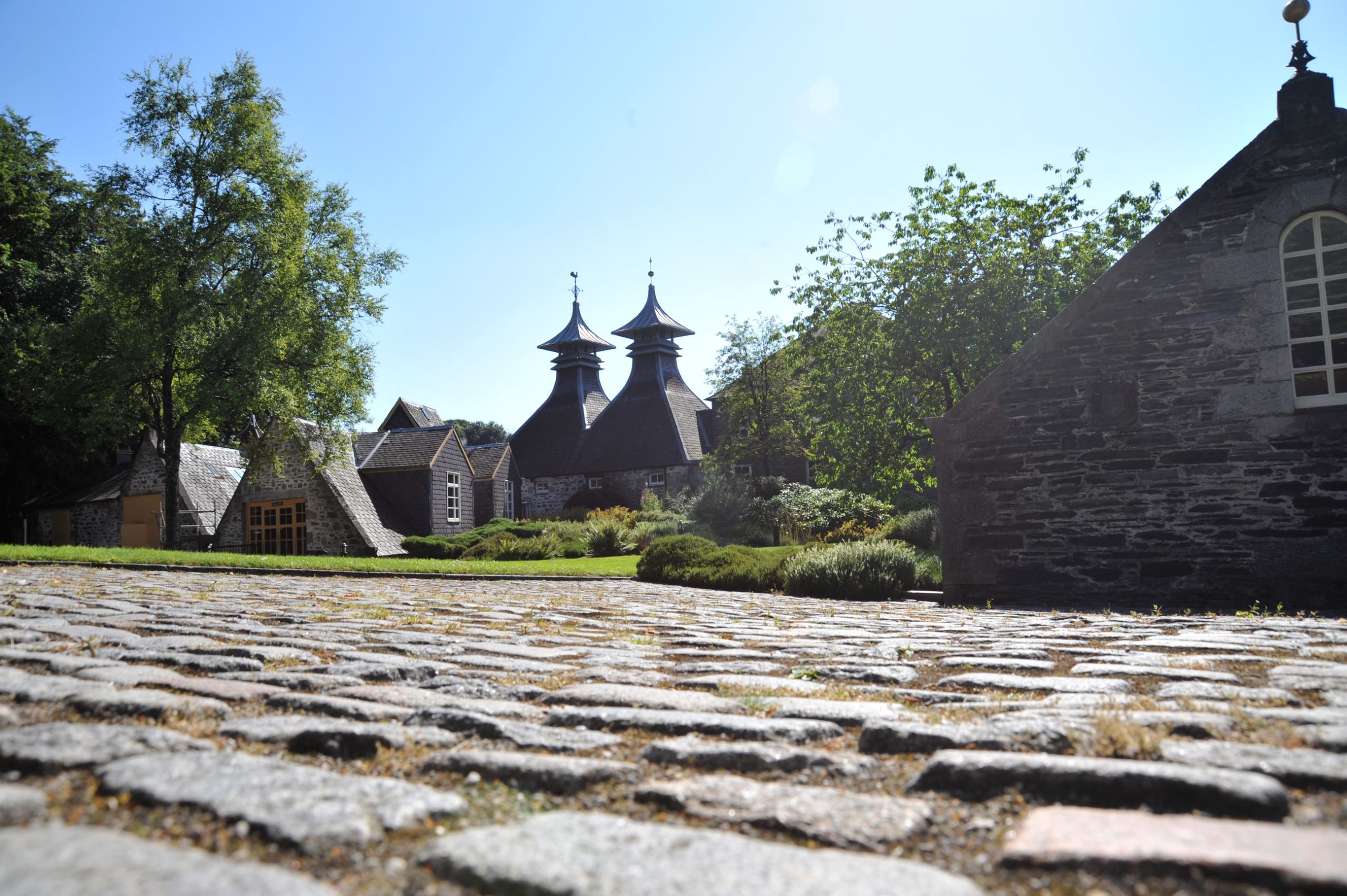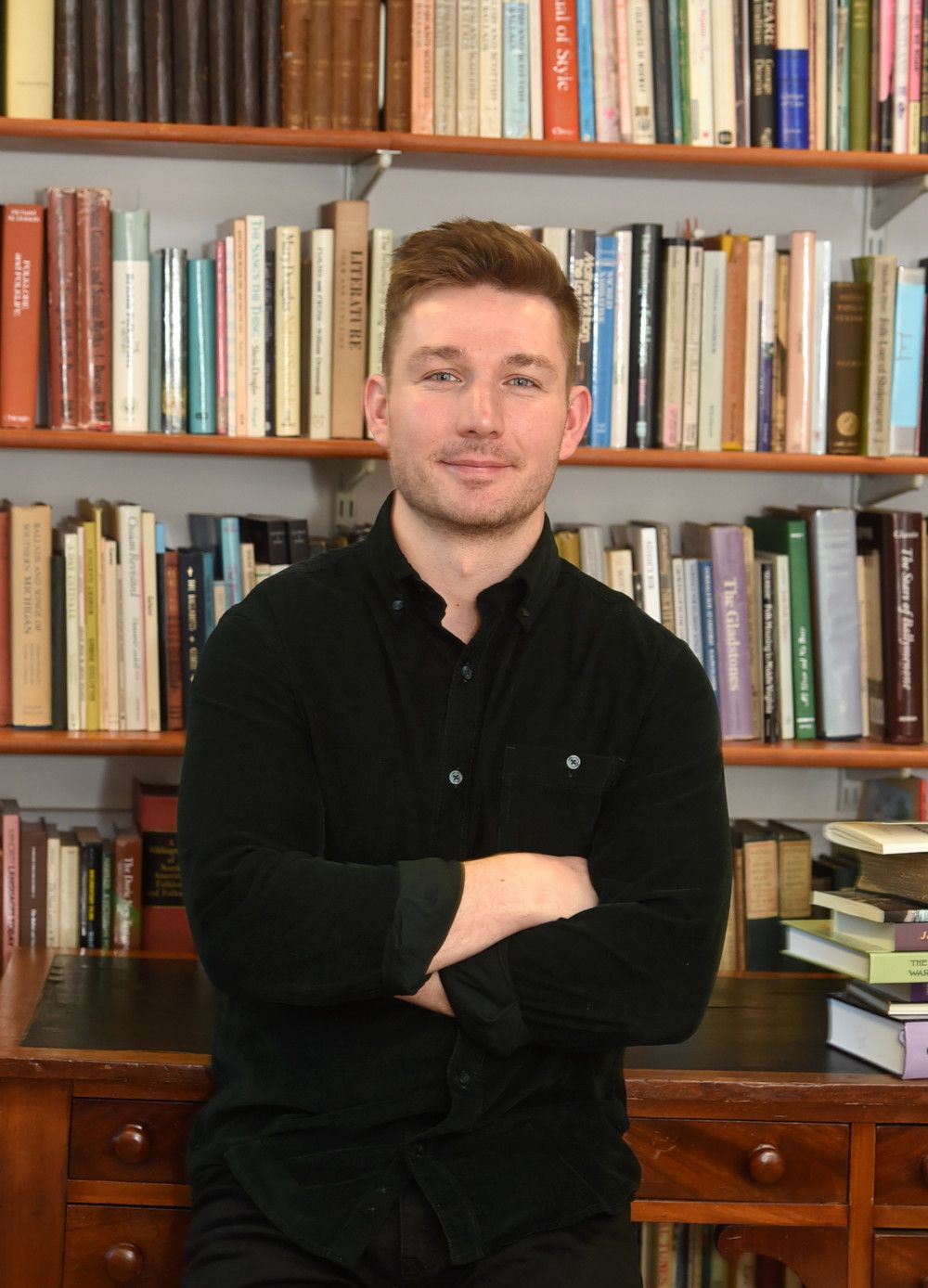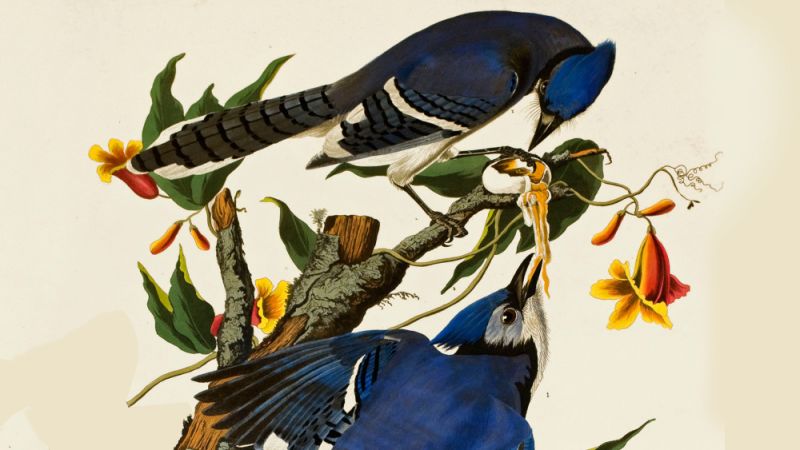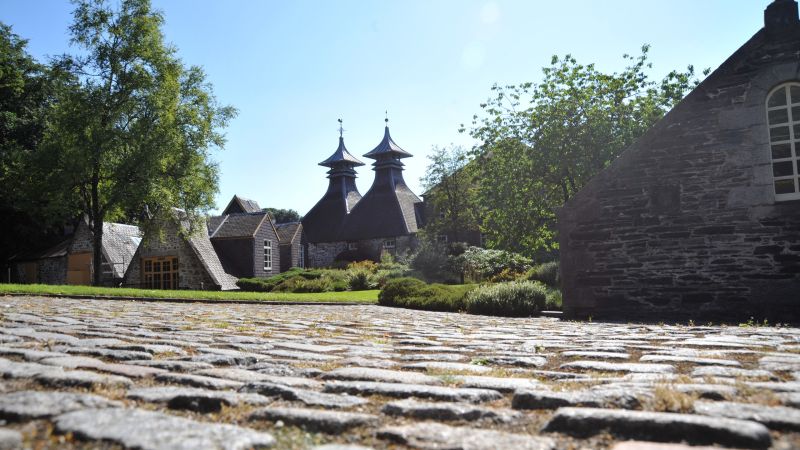Spikkin'
Aboot
Scots
Exploring the dialect, history and culture of the North-East

“Ye may gang faur and fare waur” – a familiar saying to anyone who’s made the road trip north to Aberdeen via the A90, where it stands out as a bold proclamation encouraging travellers to sample the fare at a roadside restaurant.
Literally translating as ‘you may go further and do a lot worse’, the sign welcomes many newcomers to the north-east of Scotland with their first experience of Doric – the dialect that has helped give the region its distinct character.
The dialect, history and culture of the area can now be explored as part of an online course offered by the University through its new suite of on-demand learning courses.
North-East Scotland: History, Landscape, Culture and Economy is a flexible short course that counts towards a Scottish Tourist Guides Association (STGA) Green Badge – a recognised qualification for anyone who wants to work as a tour guide in the region.
The Scots language element of the course has been developed by Alistair Heather from the University’s Elphinstone Institute, which in recent years has been closely involved in activities to promote the Scots language, of which Doric is one of several distinct dialects.
He explained: “The Scots language unit looks back at the arrival of Scots, in the form of a Germanic language, into the north-east as part of an anti-Gaelic plantation in the 1100s and 1200s, and the eventual emergence beginning in the 1300s of a distinct Scottish Germanic language variety that would become known as ‘Scots’.
“Some linguists suggest that the uniqueness of the north-east dialect comes from the long period of bilingualism between Scots and Gaelic that occurred in the region.
“In other parts of Scotland, such as the Borders, Germanic varieties replaced Gaelic fairly quickly and relatively early in the history of Scotland. Many common Gaelic words were absorbed into Scots, such as Glen, Strath and Loch, for steep and gentle valleys and lakes. In the north-east however, both Gaelic and Scots were spoken as indigenous languages for at least eight centuries. Doric has therefore been enriched by having even more Gaelic loanwords than other dialects.”
The inclusion of Scots in the course is indicative of a revival in the language that has seen the creation of a North-East Scots Language Board aiming to make it more visible in everyday life, in which the Elphinstone Institute has played a key role.
The University is also leading a project to examine whether learning in Scots can help pupils excel across the curriculum. Researchers have partnered with Banff Academy in Aberdeenshire to consider if studying towards the Scots Language Award – a national qualification which provides opportunities for learners to study the history and development of the Scots language – has a beneficial effect on attainment.
Meanwhile, a landmark study led by Robert McColl Millar, a Professor in Linguistics and Scottish Language at the University, will see the first linguistic survey of Scots to take place since the 1950s to assess how it has changed and how it might be preserved.
Describing Scots as a language that has been “brought in from the cold”, Alistair said that it was important to capitalise on its new-found popularity.
“It is difficult to ascribe single reasons to social phenomena, but part of the newfound comfort with a language that was once much derided must be attributable to the wider Scottish trend for self-investigation and cultural renewal. Wherever the recent boost has come from, it is vital that we maximise its impact.”
For further details visit on.abdn.ac.uk/culture



Voice Magazine 2019
-

Giving Potential the Chance to Shine
Students and alumni share their experiences of widening access to higher education. -

Making memories at Summer Graduations 2019
The University’s summer graduation ceremonies took place in June at our historic King’s College campus. -

The Birdman of Aberdeen
Learn about the remarkable life of William MacGillivray, renowned 19th century naturalist and ornithologist. -

Alice aims for Olympic wonderland
Alice Alcaras is an award-winning swimmer whose training is being supported by the Sports Bursary Scheme. -

Getting by with a little help from their friends
A magical evening for the University Chapel Choir -

Skiing, sudoku, and a story that went around the world
Find out about groundbreaking research into problem-solving and mental decline. -

Spikkin' Aboot Scots
Explore the language and culture of the North-East through a new online course. -

From Law to Laughs
Follow Jamie's remarkable journey from studying law in Aberdeen to becoming an acclaimed stand-up comedian.










